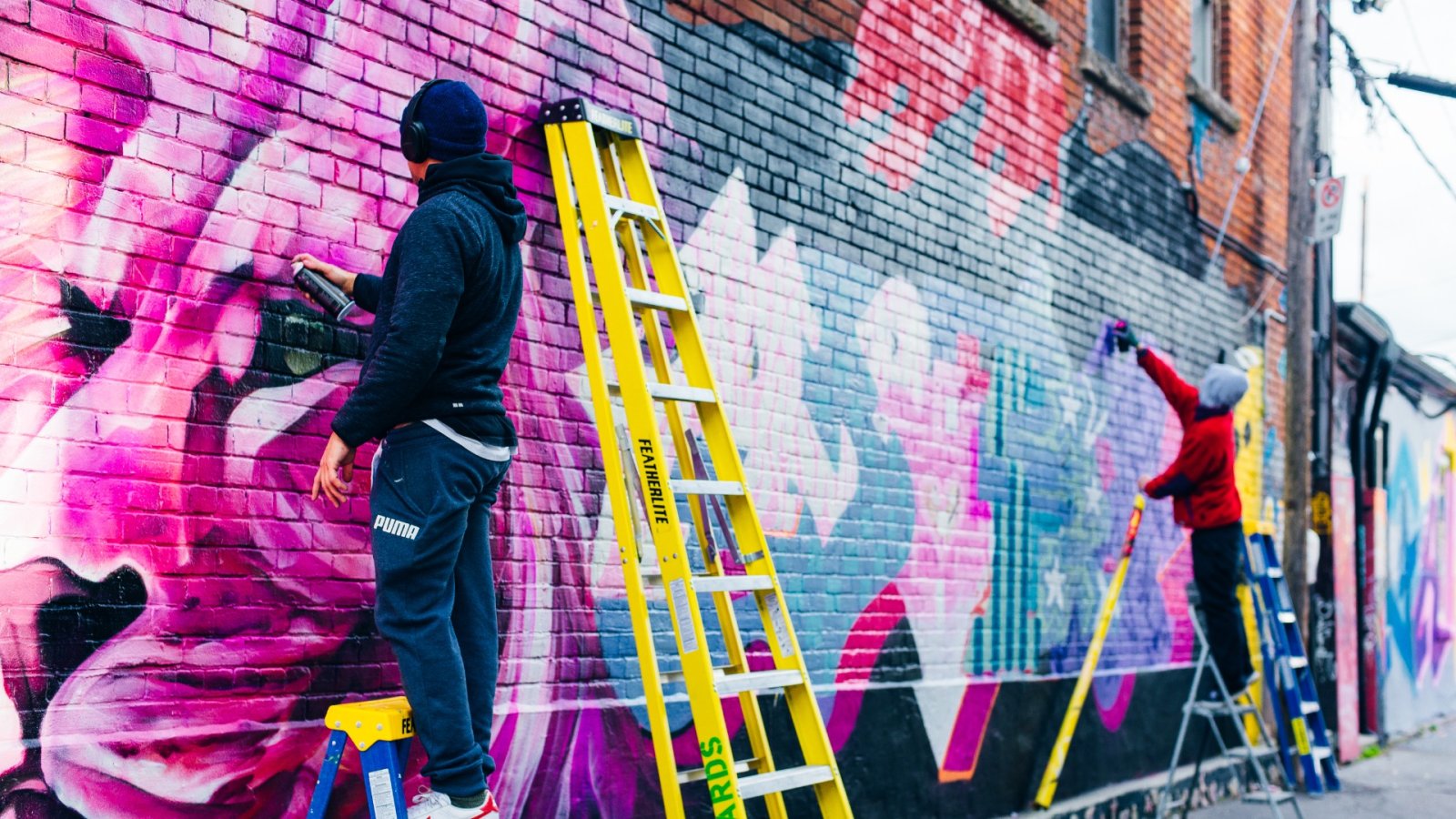In the bustling stalls of Art Basel, one can always find tiny Ali Baba's caves, where gems are artfully piled upon catches. However, amidst the spectacle, one might come across artworks that deliver an unexpected jolt or evoke powerful feelings. Yet, this year, the wonders and innovations have taken a backseat, and the intensity has been toned down to a more reasonable level. Galleries, mindful of their economic well-being, are serving up soothing artistic creations to alleviate cautious collectors. However, there is an abundance of gorgeous pieces to indulge in, making this year's fair a model of excellence. So, if you were curious about them -- here are a few noteworthy highlights. Read on to find out more!
David Hockney
Not so long ago, everyone has experienced the horrors and challenges of covid. So, during the global lockdown, the artist David Hockney found comfort within the confines of his home and studio in Normandy. Engaged in his ongoing passions for nature, art history, and technological innovation, he ventured into a digital painting journey using his iPad. The result was a wonderful series of 20 floral still-lifes, distinctly reminiscent of Matisse's style.
Today, Hockney presents a comprehensive follow-up work, capturing himself in contemplation of the aforementioned series adorning the wall. Through a cutting-edge evolution of his longstanding passion for photo collages, he assembles a digital composite using hundreds of snapshots. This process, which he terms a "photographic drawing," portrays not one, but two versions of David Hockney—one of them indulging in his signature Camel cigarettes, while packs of them rest on a coffee table (where we can also notice some folded copies of his Die Welt issue). The two artists gaze upon the still-lifes, leaving us to wonder about the thoughts that occupy Hockney's mind in this introspective instant.
Belkis Ayón
Despite being celebrated as a powerful rediscovery in recent years, charming audiences via a series of high-profile exhibitions, including the prestigious Venice Biennale, the Cuban artist and printmaker Belkis Ayón was not completely unknown during her tragically short life. In fact, by the time of her untimely death in 1999 at the age of 32, she had already achieved a certain level of recognition. Nevertheless, after her passing, tremendous struggles were needed to preserve the flame of her art, especially because her delicate works were hand-printed with newspaper ink on paper panels, requiring detailed care. Moreover, the responsibility of conserving her legacy fell upon her family, who were not art experts. Following her sister's death, her two daughters, both in their 30s, along with their father, have managed Ayón's estate.
When Anne Imhof, the famous performance artist who rose to global stardom after winning the Golden Lion, was granted full creative space for a 2021 exhibition at the Palais de Tokyo, she grabbed the opportunity to bring a long-held vision to life—a labyrinth. Imhof stumbled upon a deserted building with glass walls in Rivoli, disassembled it, transported the pieces to Paris, and tenaciously reassembled them in the museum's cellar, creating an expansive industrial stage planned for a grand performance.
Eventually, the performance did occur, with Imhof's devoted company of wild, untamed dancers arriving at the museum on jet-black motorbikes and Jeeps, expressing their uniquely contemporary blend of anarchistic and fascist-flirting activities. Scenes from this meticulously choreographed chaos were captured in Imhof's video presented in Art Basel's grand-scale Unlimited section. Following the dismantling of the labyrinth, the artist ventured in something new and intriguing. She extracted details from her set, combining walls, metal stages, and even a dirt bike to create sculptural compositions.
Cindy Sherman
In 1975, during her time studying art at SUNY Buffalo, Cindy Sherman created a series of intimately framed black-and-white photographs. As a result, these images focused on her contorted face, changing her into a grotesque character. However, she soon turned her artistic direction, becoming well-known for her composed self-portraits in decorated scenes. Now, for her inaugural exhibition with Hauser and Wirth, Sherman reviews this early series, placing her face front and center once again. This time, however, it is the face of an artist with a great career filled with groundbreaking innovation, on the verge of turning 70. Moreover, her artwork combines digitally altered self-portraits and is reminiscent of her clown series, society portraits, and masks -- as she is immersing herself in the exploration of the aging process. Her works offer a courageous meditation on growing older by an artist who possesses an exceptional understanding of her own visage, capturing the nuances with amazing detail.






